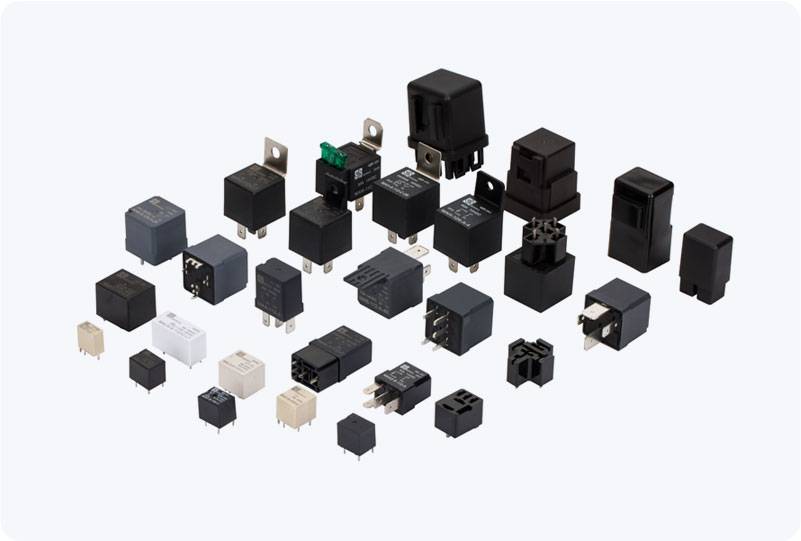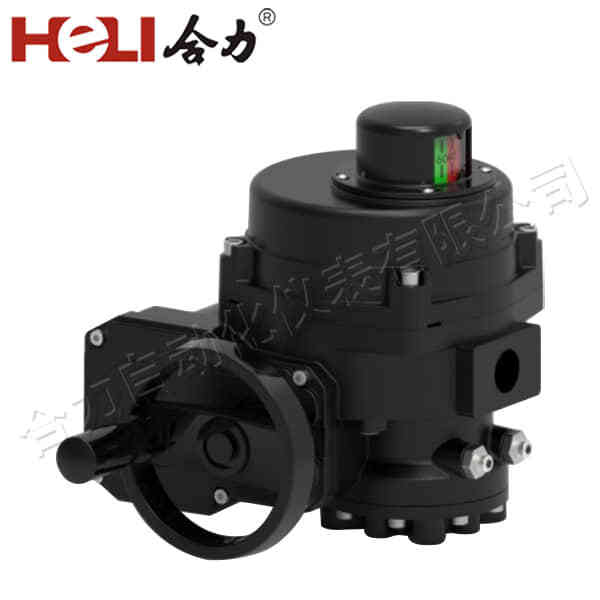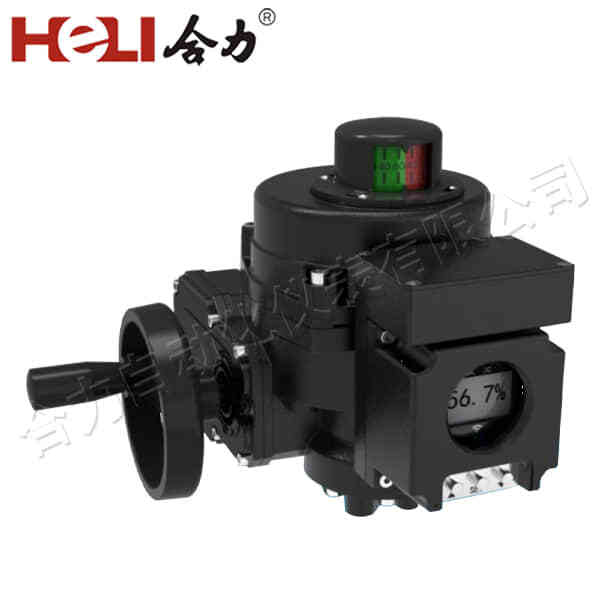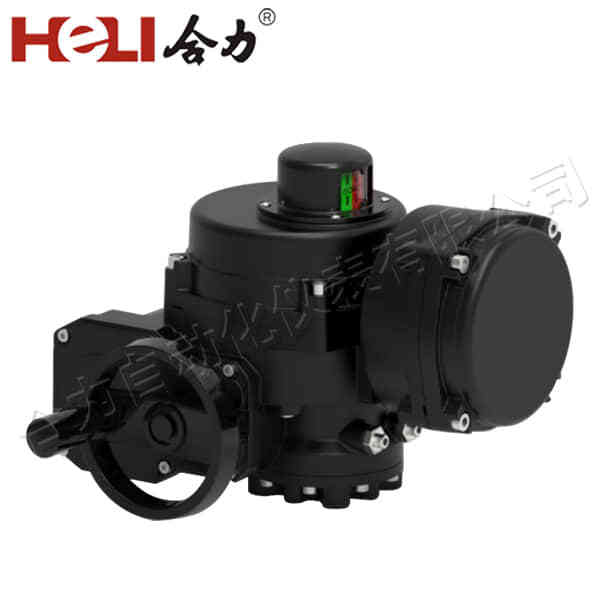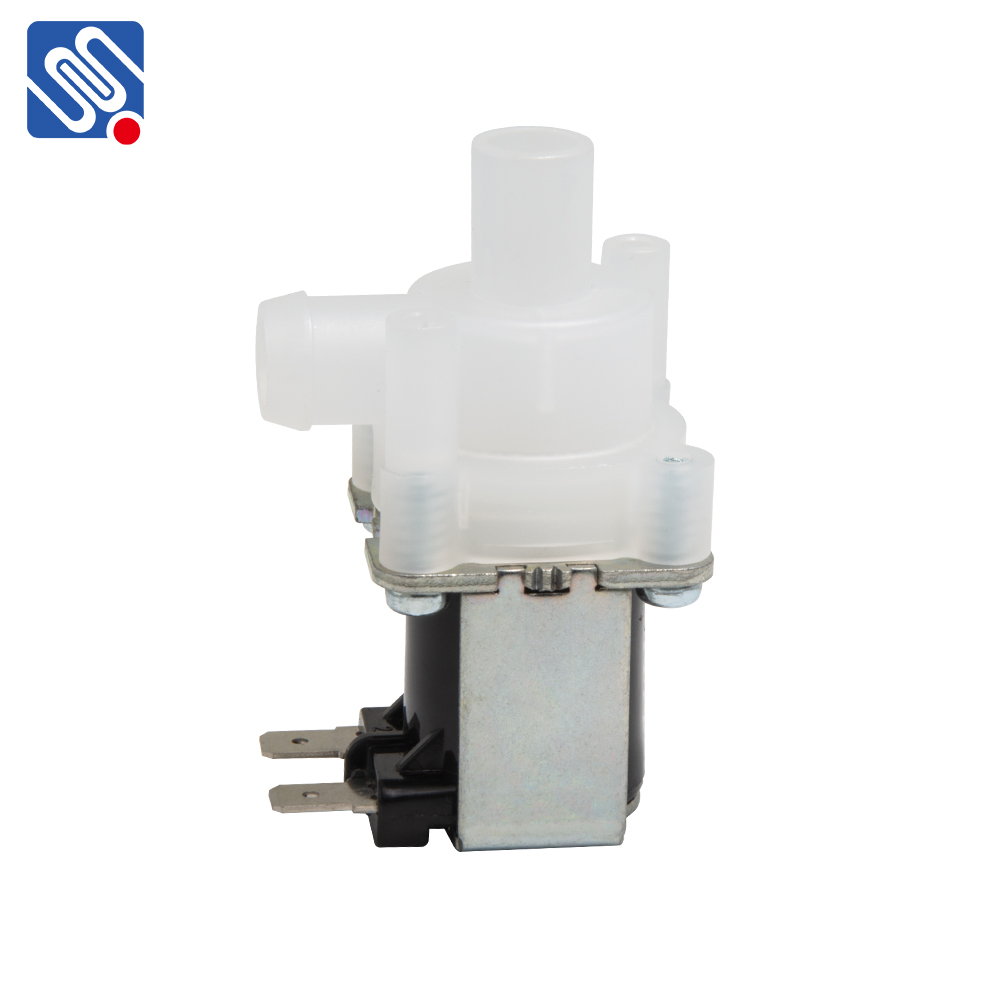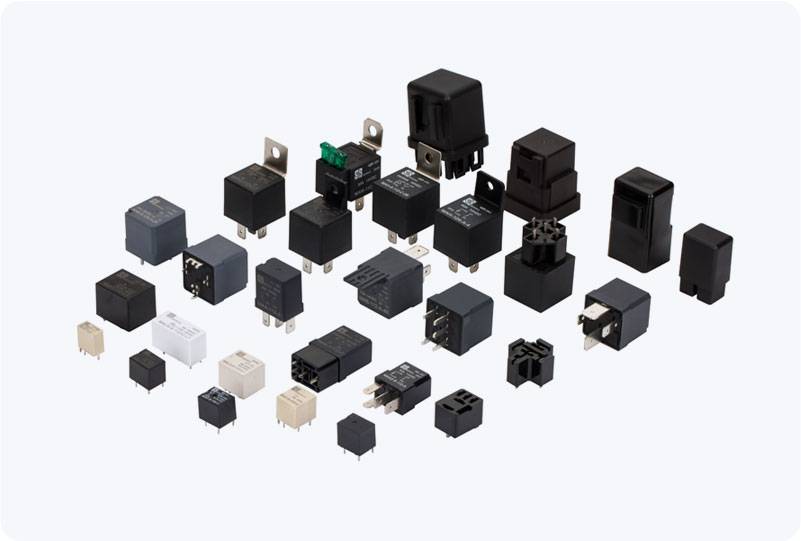Relay efficiency plays a crucial role in modern wireless communication systems, especially in complex environments where direct transmission between source and destination may not be possible or optimal. By leveraging relay nodes, communication networks can extend their coverage, improve signal strength, and ensure a more reliable and efficient data transfer process. This article explores the concept of relay efficiency, its significance, factors affecting it, and how improving it can enhance the overall performance of wireless systems.
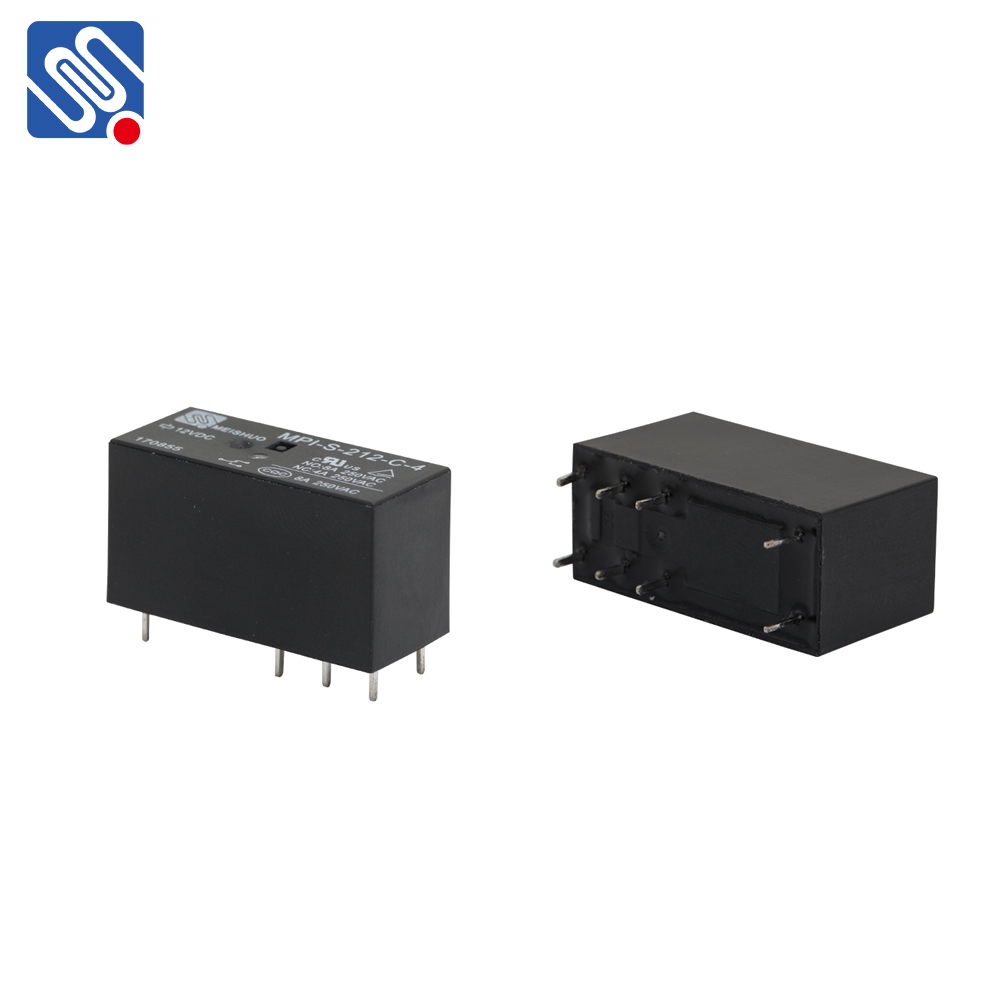
What is Relay Efficiency? Relay efficiency refers to the ability of relay nodes in a wireless communication system to effectively forward data from the source to the destination. It measures how well the relay node receives, processes, and retransmits the signal, without significant loss of information, energy, or time. The primary objective of using relay nodes is to overcome obstacles, such as distance, interference, or physical barriers, that would otherwise degrade the quality of direct transmission between the source and destination. In wireless networks, relay efficiency directly influences various performance metrics such as signal strength, coverage area, energy consumption, delay, and throughput. Maximizing relay efficiency ensures that these systems provide reliable communication even in challenging environments.
